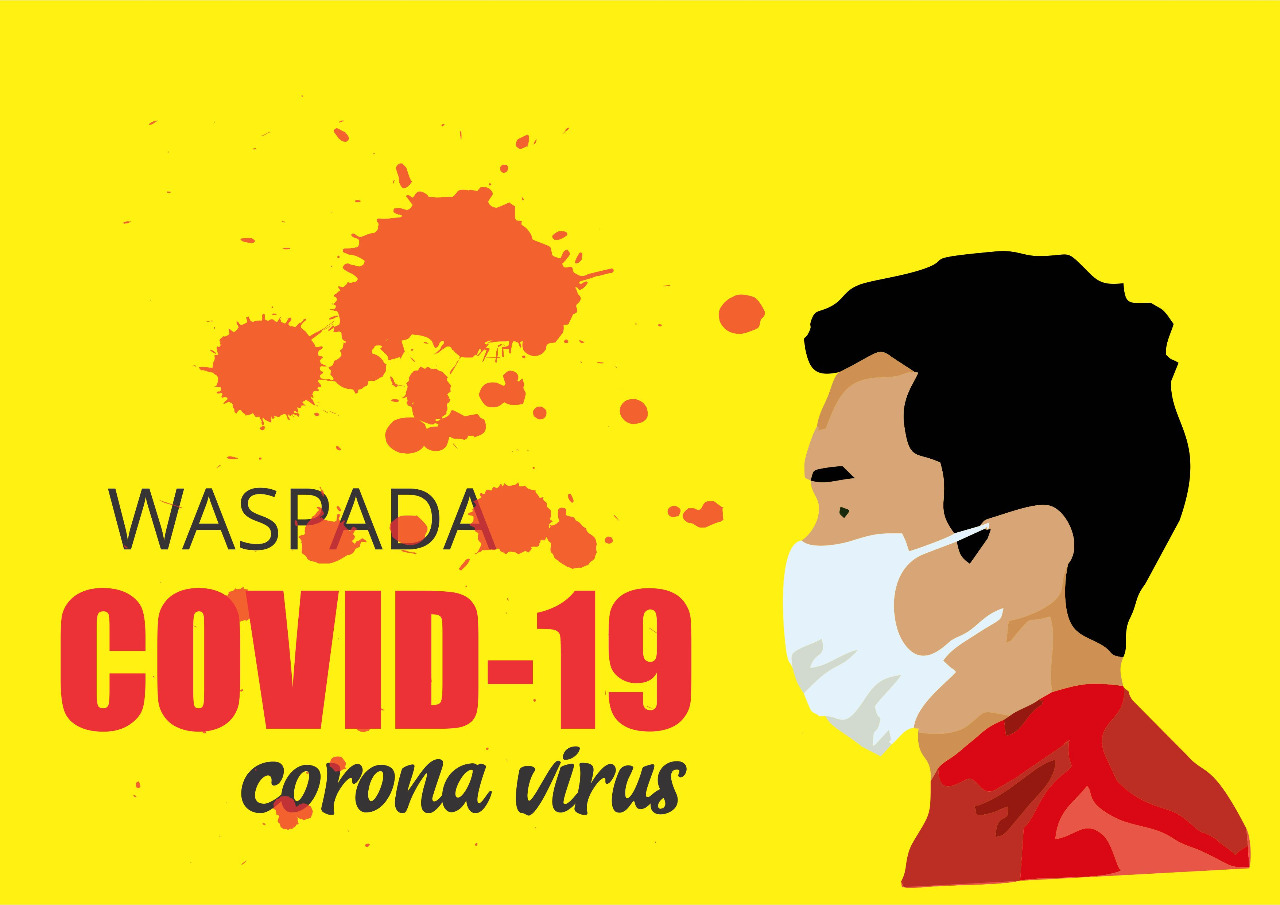There are many ways that we can improve our health today. In fact, the entire concept of health has changed drastically over the past century. Although our focus used to be on getting physically healthy in the early 1900s, this focus has changed dramatically. Today, it is more important to focus on prevention, fitness, nutrition, and wellness. There are also many other topics within the realm of health that can help us to better understand our own bodies and how they function.

One way to improve our physical health is through exercise. Exercise has been proven to be one of the best ways to improve the mind, body, and spirit, as well as reducing the risk of disease. There are many different types of physical activity, and there is a sport or recreational activity that is right for everyone. In order to become healthy, it is essential for none of these parts to be overlooked.
The second way to improve your mental well-being is through mental exercise. This includes such activities as yoga and meditation. These mental exercises are great for reducing stress, improving mood, increasing creativity, reducing the aging process, and even preventing disease and poor health. Stress is a significant factor in a number of physical illnesses. Mental health services provide individuals with information on stress reduction techniques and resources. Individuals can also participate in wellness programs and workshops.
Public health is also a very important factor when it comes to physical and mental wellbeing. A good public health program will focus on wellness education, disease prevention, and exposure at risk for illness and disease. These types of programs are often funded by state and federal agencies.
Finally, there is the issue of nutrition. Proper nutrition is necessary to maintain optimal health and to reduce the risk of many chronic diseases. Nutritional education is an important branch of public health. It usually involves teaching children and adults how to choose foods that are good for them and how to eat healthily. As individuals become more educated about nutrition, they are likely to adopt healthier lifestyles and to participate in preventative programs.
The above mentioned areas are just two of the numerous components that make up a comprehensive mental health plan. In fact, there are several other components that contribute to your mental well-being. However, by far the two most important components are appropriate diet and regular exercise. By eating healthy and by engaging in exercise, you can enhance your chances of living a long and happy life.


